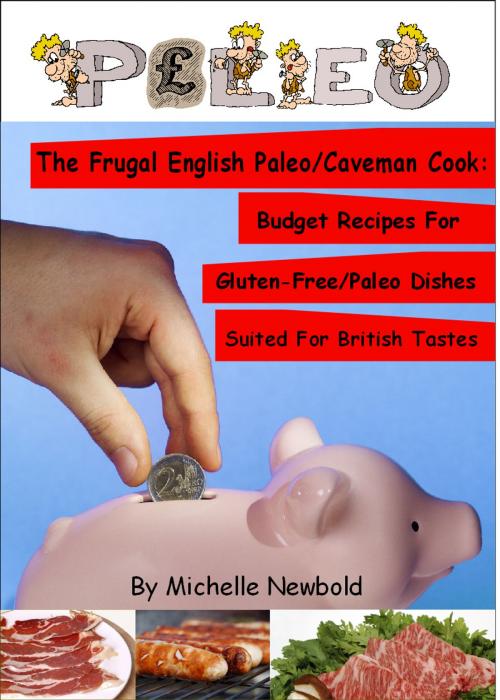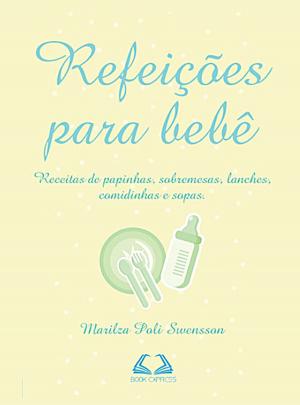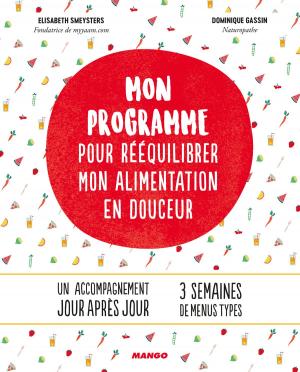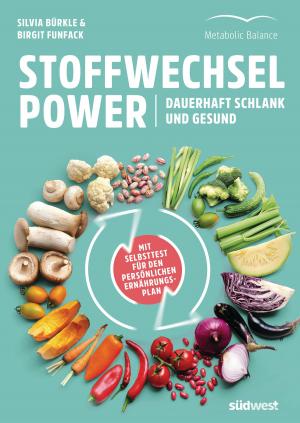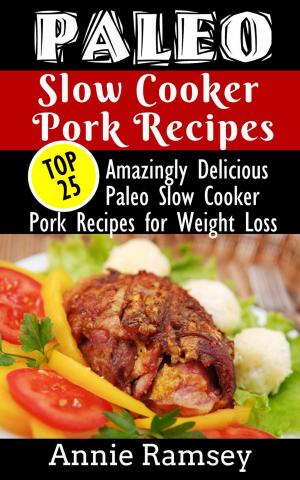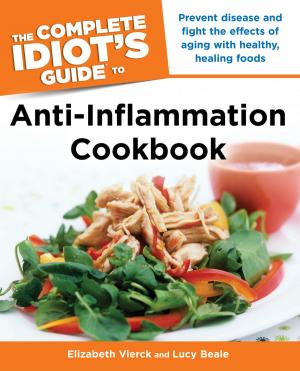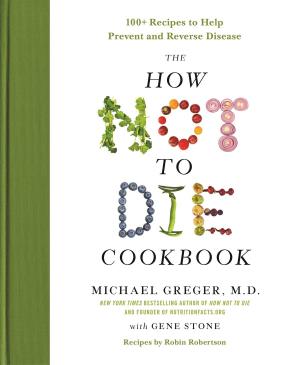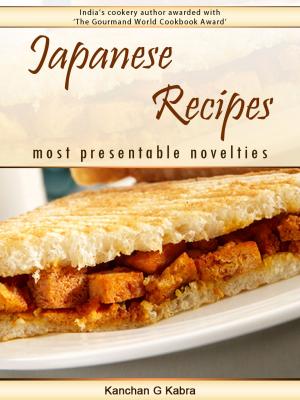The Frugal English Paleo/Caveman Cook: Budget Recipes For Gluten-Free/Paleo Dishes Suited For British Tastes
Nonfiction, Food & Drink, International, European, British & Scottish, Healthy Cooking| Author: | Michelle Newbold | ISBN: | 9781466005723 |
| Publisher: | Michelle Newbold | Publication: | February 10, 2012 |
| Imprint: | Smashwords Edition | Language: | English |
| Author: | Michelle Newbold |
| ISBN: | 9781466005723 |
| Publisher: | Michelle Newbold |
| Publication: | February 10, 2012 |
| Imprint: | Smashwords Edition |
| Language: | English |
For some years now there has been the belief that following a diet similar to that eaten by man during the Palaeolithic era would improve a person's health.
Evolution is a very slow process, and the human body is still engineered to survive on a diet made up of chiefly fats and protein, with only small amounts of naturally occurring carbohydrates.
With the agricultural revolution, and domestication of animals roughly 10,000 years ago, humans started consuming large amounts of dairy products, beans, cereals, alcohol and salt.
These dietary changes have been blamed for many of the so-called "diseases of civilization" and other chronic illnesses that are found today, such as obesity, cardiovascular disease, high blood pressure, type 2 diabetes, osteoporosis, autoimmune diseases, colorectal cancer, myopia, acne, depression, and diseases related to vitamin and mineral deficiencies.
For quite a few years doctors have recommended a gluten-free diet for patients coming to them suffering from colitis, Crohn's disease, irritable bowel syndrome and indigestion. Illnesses that were not really heard of before the agricultural revolution some 10,000 years ago before the introduction of grains and legumes into the human diet.
Since the Palaeolithic diet does not include cereal grains, it is naturally gluten-free. The paleo diet also does not include milk, so is also casein-free. Casein is a protein found in milk and dairy products, which may affect glucose tolerance in humans.
Since the end of the 1990s, a number of medical doctors and nutritionists have championed a return to a Palaeolithic diet approach, and a number of them have written books and created websites on the subject.
A true Palaeolithic diet is made up of foods that can be hunted and fished, such as fish, meat and poultry, or can be gathered or picked, such as eggs, fruit, nuts, seeds and vegetables.
Our modern lifestyles obviously do not allow us to hunt or gather our food anymore, so we have to adapt our diet to consume commonly available foods found in our local shops and supermarkets.
With the majority of Paleo/Caveman recipe books coming from American authors, this collection of recipes is more suited to people in the UK or who have more British tastes, and uses foods that are easily picked up at local supermarkets and shops.
This book is also aimed at people who are looking for budget recipes, and don’t want to spend too much time preparing complicated dishes using hard to find ingredients.
I hope you enjoy them….
For some years now there has been the belief that following a diet similar to that eaten by man during the Palaeolithic era would improve a person's health.
Evolution is a very slow process, and the human body is still engineered to survive on a diet made up of chiefly fats and protein, with only small amounts of naturally occurring carbohydrates.
With the agricultural revolution, and domestication of animals roughly 10,000 years ago, humans started consuming large amounts of dairy products, beans, cereals, alcohol and salt.
These dietary changes have been blamed for many of the so-called "diseases of civilization" and other chronic illnesses that are found today, such as obesity, cardiovascular disease, high blood pressure, type 2 diabetes, osteoporosis, autoimmune diseases, colorectal cancer, myopia, acne, depression, and diseases related to vitamin and mineral deficiencies.
For quite a few years doctors have recommended a gluten-free diet for patients coming to them suffering from colitis, Crohn's disease, irritable bowel syndrome and indigestion. Illnesses that were not really heard of before the agricultural revolution some 10,000 years ago before the introduction of grains and legumes into the human diet.
Since the Palaeolithic diet does not include cereal grains, it is naturally gluten-free. The paleo diet also does not include milk, so is also casein-free. Casein is a protein found in milk and dairy products, which may affect glucose tolerance in humans.
Since the end of the 1990s, a number of medical doctors and nutritionists have championed a return to a Palaeolithic diet approach, and a number of them have written books and created websites on the subject.
A true Palaeolithic diet is made up of foods that can be hunted and fished, such as fish, meat and poultry, or can be gathered or picked, such as eggs, fruit, nuts, seeds and vegetables.
Our modern lifestyles obviously do not allow us to hunt or gather our food anymore, so we have to adapt our diet to consume commonly available foods found in our local shops and supermarkets.
With the majority of Paleo/Caveman recipe books coming from American authors, this collection of recipes is more suited to people in the UK or who have more British tastes, and uses foods that are easily picked up at local supermarkets and shops.
This book is also aimed at people who are looking for budget recipes, and don’t want to spend too much time preparing complicated dishes using hard to find ingredients.
I hope you enjoy them….
